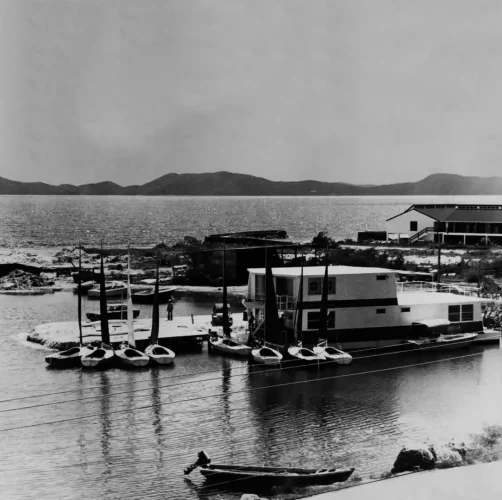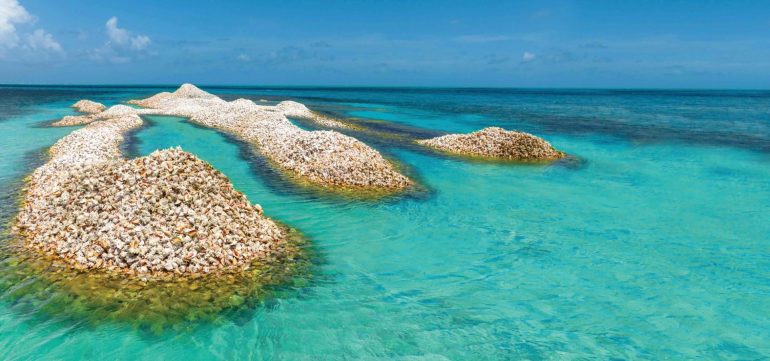To Catch a Lionfish
On July 14, 2010 the Conservation & Fisheries Department hosted Joe Gulli and Jonathan Brown from The Caribbean Oceanic Restoration and Education (CORE) Foundation, home of the Caribbean Lionfish Response Program whose motto is: “One Caribbbean, One Problem, One Solution.”
The Caribbean Lionfish Response Program (CLRP) is designed to curb the impact of the lionfish invasion in Caribbean waters by raising awareness of the fish, distributing lionfish markers to anyone who goes into the sea, and training first responders to retrieve marked fish. The presentation was attended by dive operators and members of government.
To address the issue of raising awareness, Conservation & Fisheries officers have taken a real lionfish to schools and businesses “to show and explain the importance of getting rid of this particular fish,” said Shannon Gore of the Conservation & Fisheries Department. She informed me that the department has made presentations on local radio and television stations. “Posters have also been given to the local dive shops as well as various businesses,” she told me and added that the CFD is ordering postcard-sized flyers to distribute to the public and local businesses so that everyone can identify the lionfish in the water. Since Yacht Guide’s May article on lionfish, which was printed just after the first lionfish was caught in BVI waters, six more lionfish have been caught in the territory.

Lionfish markers (made from a wine cork, survey tape and a 3/4" washer) play a key role in the capture of lionfish because they allow those that aren’t trained in lionfish retrieval to mark the spot where a lionfish is spotted so that a trained diver may come and collect the fish. Joe Gulli of CORE reported great success with the lionfish markers, but some of the dive operators at the meeting expressed concern about the lionfish markers littering the water. Mr. Gulli responded that the markers are always collected with the lionfish, and another diver recommended that each diver should write their names on the cork so that they are held accountable for their markers in the water. Every diver and snorkeler should carry a lionfish marker with them each time they enter the water. In the BVI, the fish have been spotted in depths as shallow as two feet and as deep as ninety plus feet.
Once spotted and marked, the lionfish can be recovered by one of the trained first responders—a team of BVI divers, mostly from local dive shops. Jonathan Brown from CORE, who has extensive experience capturing lionfish in St Croix, demonstrated methods to the divers on how to catch the generally slow-moving fish. Since every situation is different, he advised that divers should have a small cache of nets and tools at their disposal. Once the diver reaches the marked spot, he or she should cautiously approach to assess the location of the lionfish then retreat and devise a plan for capture. Attempting to seize the fish without a plan could result in it hiding or escaping. The CFD has purchased kits for the first responders that include two clear vinyl collecting nets, puncture-resistant gloves, a large dry bag, lionfish markers and heat packs which work to break down the proteins in the venom in the case that a diver contacts a lionfish's venomous spine.
For more information, contact the Department of Conservation and Fisheries at 284.494.3429 or visit the CORE Foundation’s website: www.nolionfish.com.





